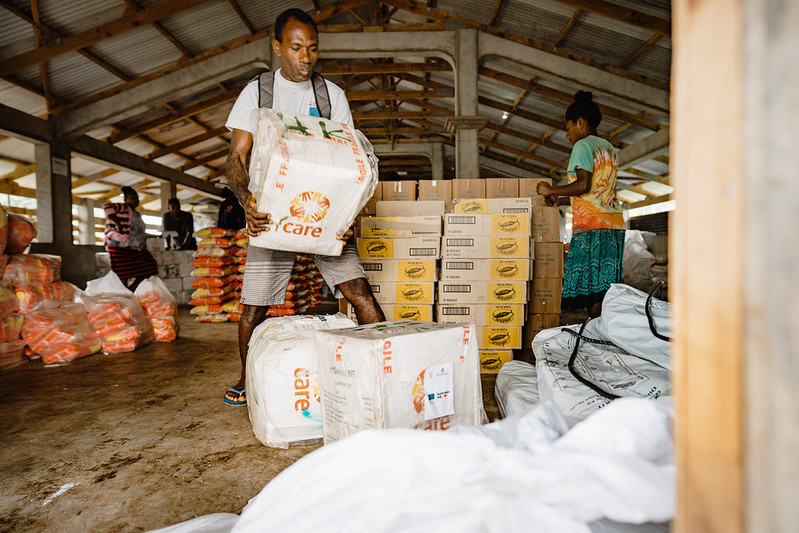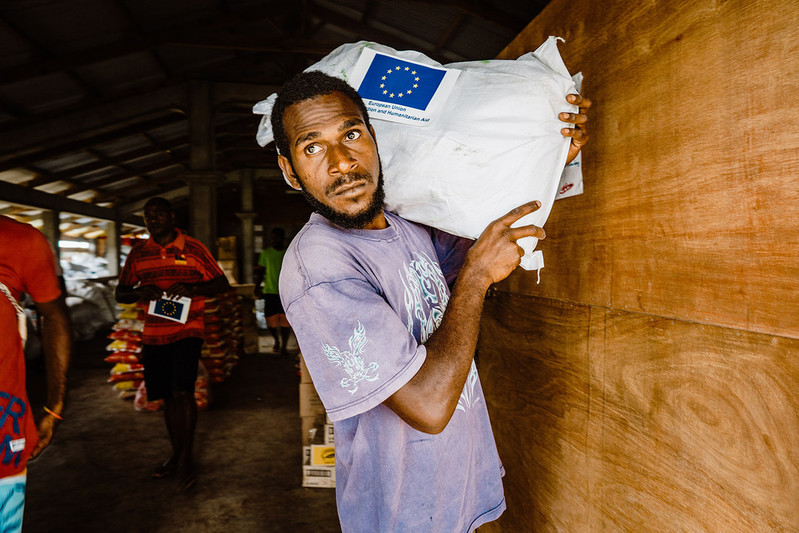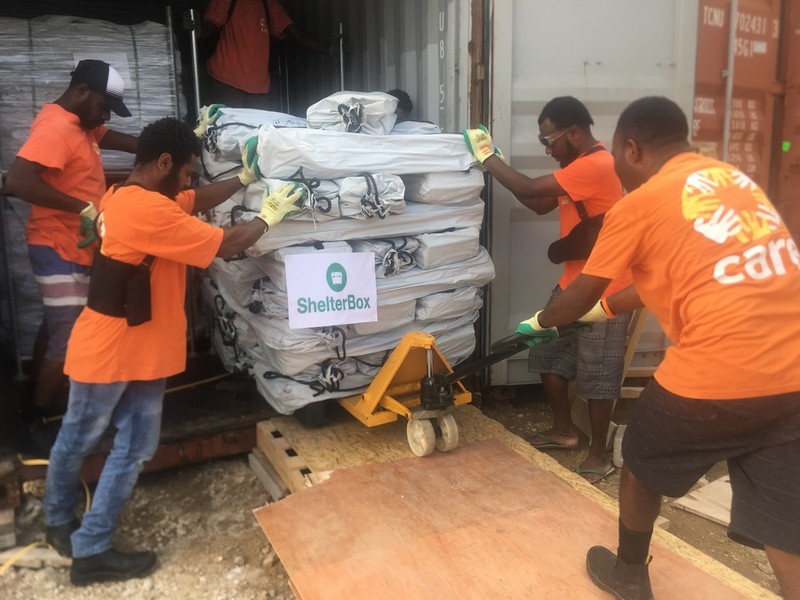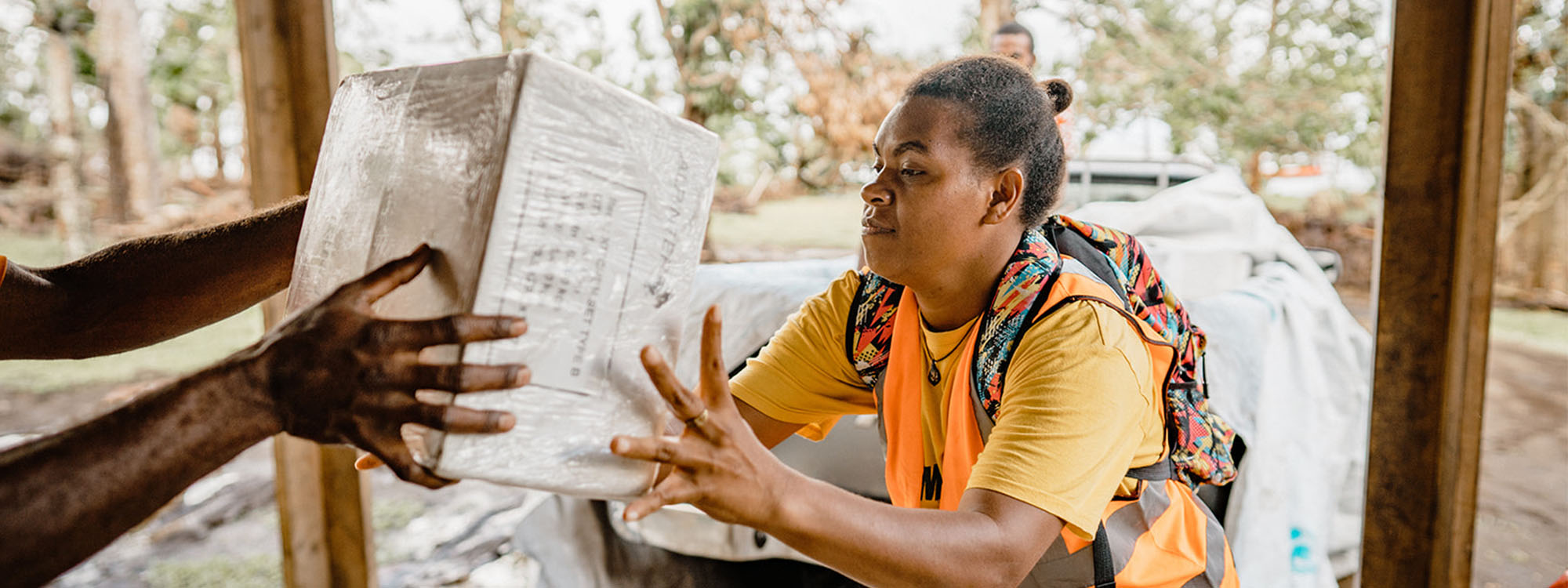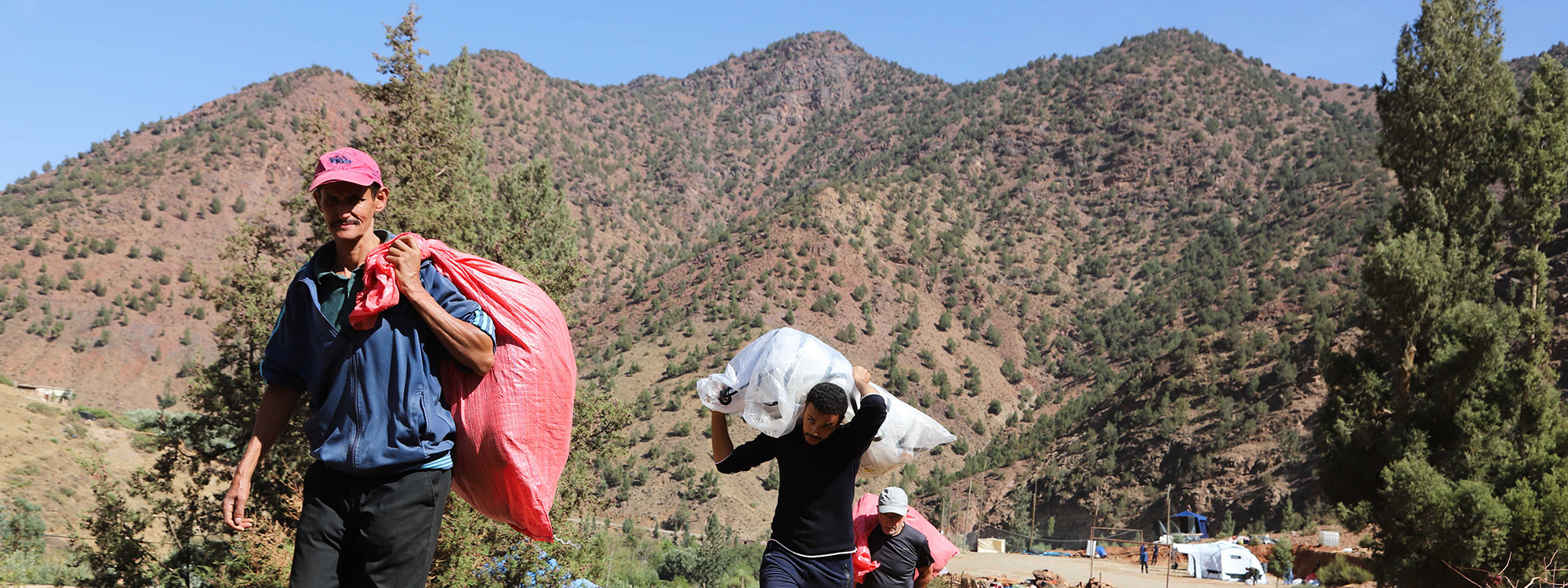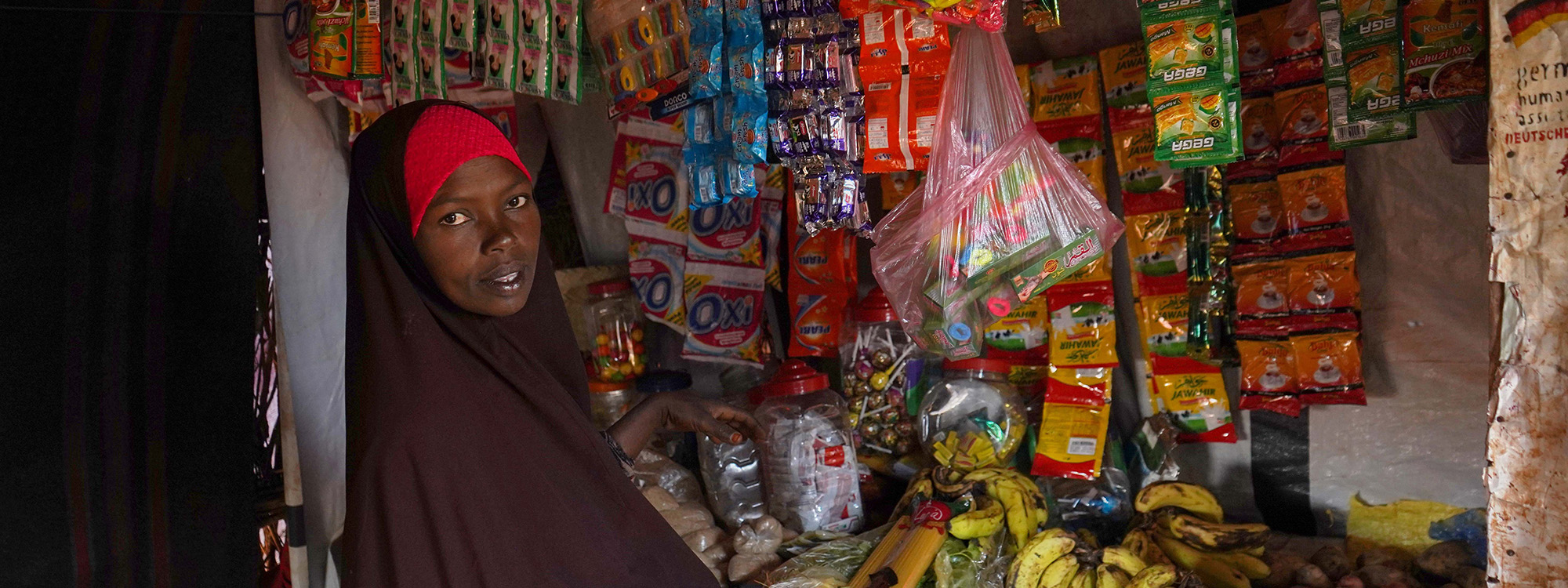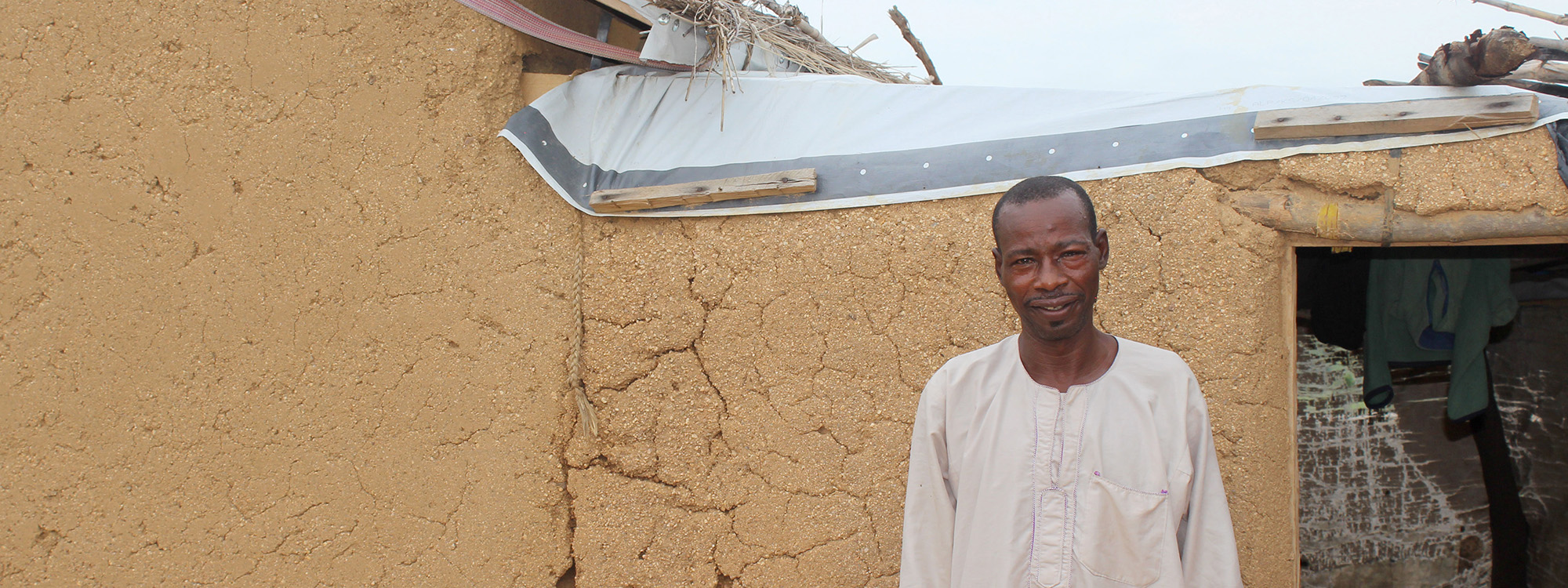
Blog
How We Get Aid to the People That Need it
At ShelterBox, we are committed to continual improvement. So, over the years our aid range has developed and evolved to provide better solutions for people. We now find that some of the items, like certain types of tents, no longer fit in the boxes. But that doesn’t mean we stop providing the very best items we possibly can. The box is still a central part of who we are – the most important bit is that we provide the emergency shelter items that people need to help them recover.
We recently chatted with ShelterBox Logistics Co-Lead, Rachel Hall, to learn how the Logistics and Procurement team prepares for disaster, and how they ensure your aid gets to families as soon as possible. This is what she told us about the process.
Prepositioning aid around the world
For ShelterBox, prepositioning is a crucial part of our supply chain. This is the term we use for storing aid items in strategic locations around the world. It helps to make the supply chain more efficient and makes it quicker and cheaper to move the aid to where it is needed when responding to a disaster. We currently have prepositioning locations in Europe, the Middle East, South America, and Asia.
Located on the Pacific Ring of Fire, the Philippines is one of the world’s most disaster-affected countries. Earthquakes, floods, and volcanoes are common, and we’ve responded there more there than anywhere else. That’s why we created ShelterBox Operations Philippines – our only other operational office outside of Cornwall. We now store aid there too so we can respond to disaster events quickly, ensuring aid reaches the families who need it.
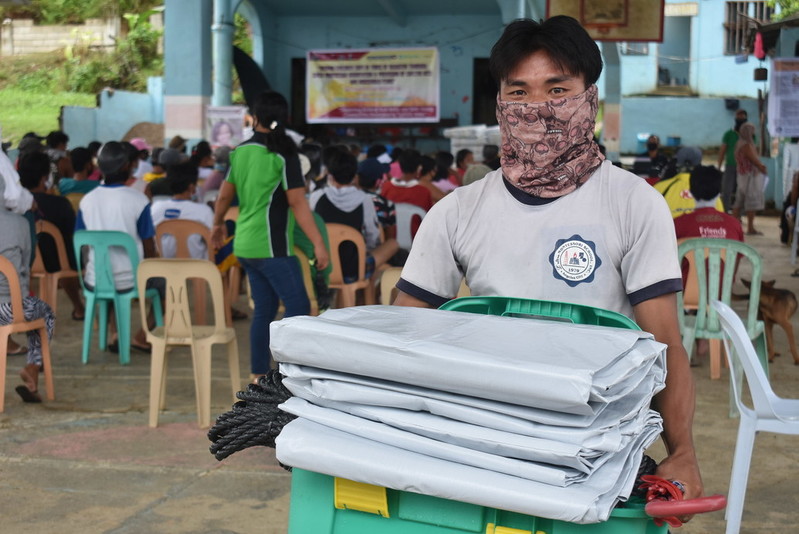
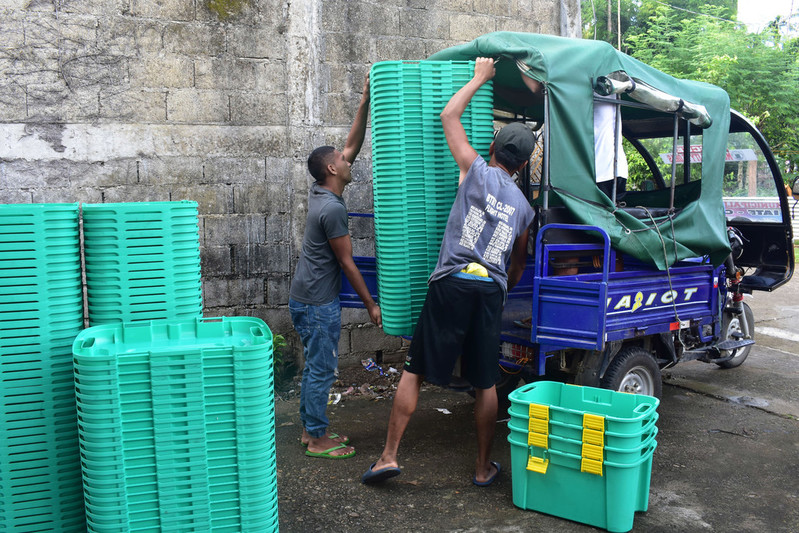
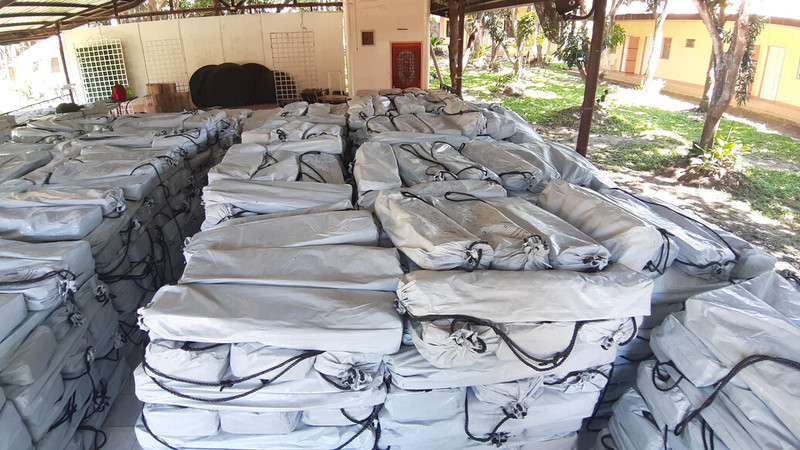
Managing aid logistics
The Logistics and Procurement team constantly monitors stock levels in each of our storage locations. After stock is dispatched to a response, we place orders to replenish the warehouse immediately. There are many considerations when it comes to prepositioning aid, including; manufacture times, transit times, frequency of stock use, space and container optimization. Often stock is already available to purchase in the required location, which means there are no gaps in supply. However, inevitably, there are some items that need to be dispatched from other manufacturing locations with longer lead times. In these cases, we tend to set higher stock target levels, which ensures these items are prepositioned in higher volumes and need resupplying less frequently.
In some locations, ShelterBox utilizes the United Nations Humanitarian Response (UNHRD) warehouses for storage. These prepositioning hubs are widely used amongst the humanitarian community as they facilitate greater sharing of resources, such as shared transport. Wherever possible, we try to utilize gift-in-kind or discounted freight opportunities. Following a major disaster, these are often available from these storage locations. During some disaster events, the Global Logistics Cluster will be activated to provide logistics services to humanitarian agencies. In this instance, we are also able to make use of services offered by the Global Logistics Cluster, including trucking and warehousing, at no cost to ShelterBox.
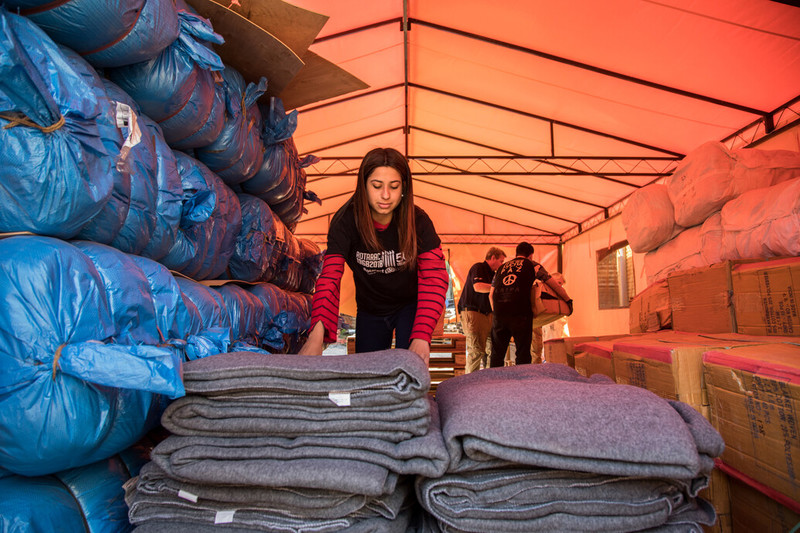
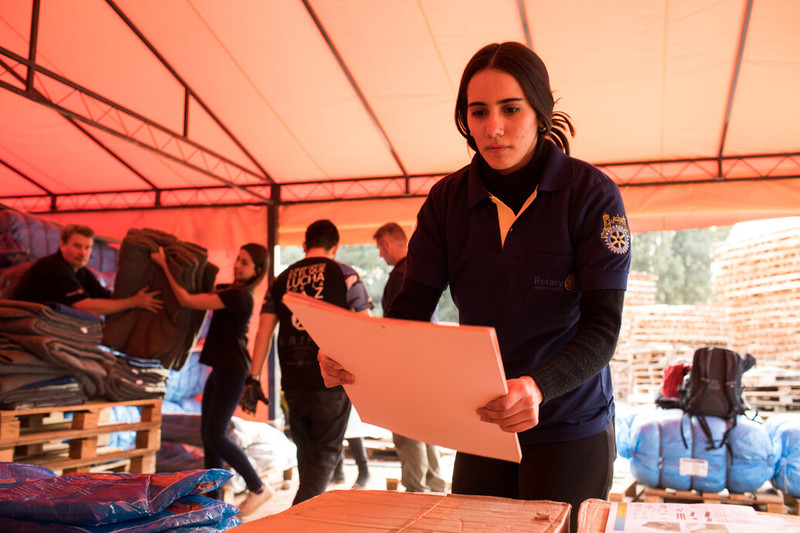
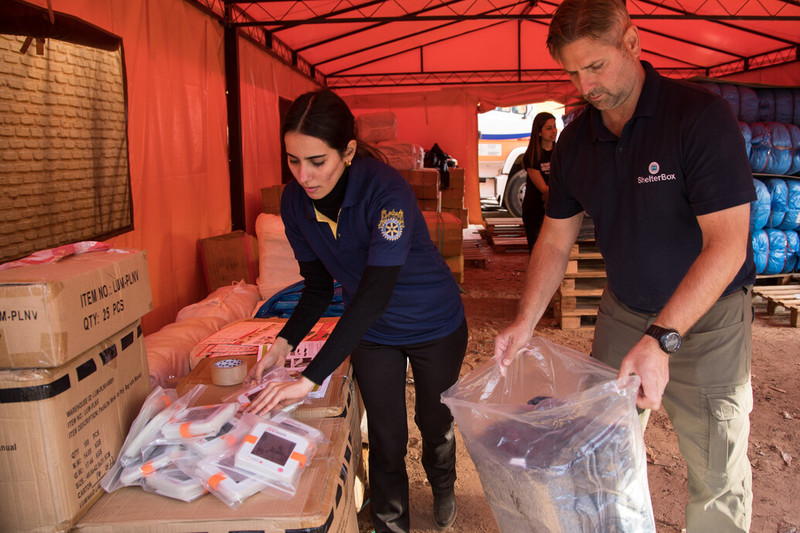
Delivering aid during the coronavirus pandemic
During this pandemic, global travel restrictions are making it tougher for us to undertake our vital work and we have had to closely monitor the impact on the supply chain. But our links with local partners worldwide, combined with our storage of shelter materials and tools in multiple locations globally, means we are still able to get shelter to the families who need it most.
At the start of the pandemic, we had 24,000 emergency shelter aid items held globally, which was a big reassurance as it guaranteed continuity in supply. Also, prepositioning hubs remained operational and able to dispatch stock throughout. The maritime industry was relatively unaffected, with sea freight sailings remaining stable. However, airfreight has been more difficult in recent months. This is because cargo is often transported in the belly of passenger planes. When commercial flights were suspended, our capacity to easily move aid from one location to another via air was reduced significantly.
Now, several months in, air capacity has started to slowly resume. Restrictions associated with the pandemic are extremely country-specific and every situation is different. This means that our Logistics team must carefully monitor each country that we respond in.
Here at the Logistics and Procurement Team, we are continually monitoring and reviewing our supply chain. As ShelterBox evolves, our supply chain is also evolving alongside, to remain as efficient as possible and continue to reach disaster-hit families around the world, no matter what the challenges are.
ShelterBox donors and supporters have been vital in enabling ShelterBox’s prepositioned stock model to be successful. Your support allows these storage locations to continually be stocked and ready to ship out as soon as disaster hits. Thank you for helping us be prepared for the inevitable.
